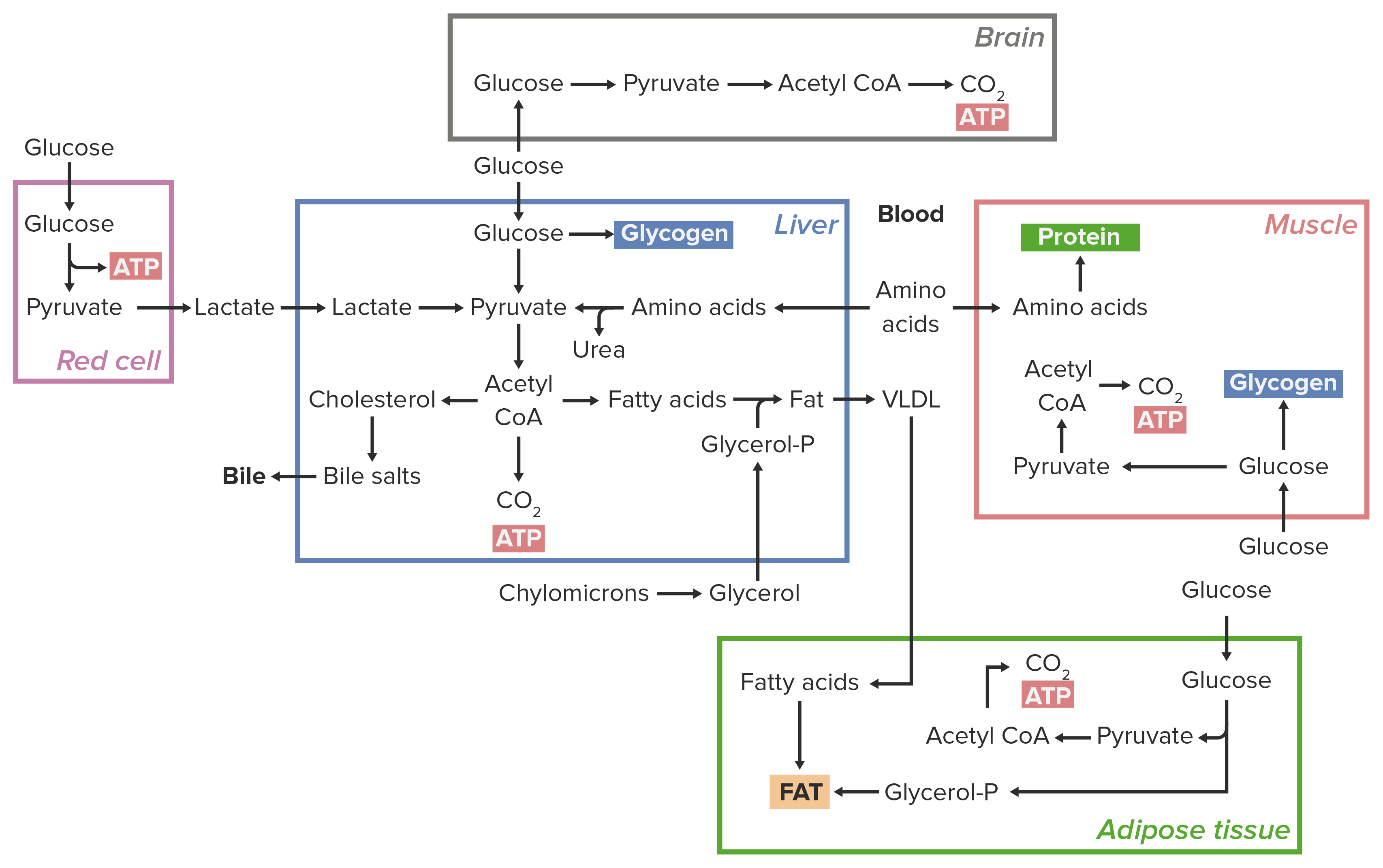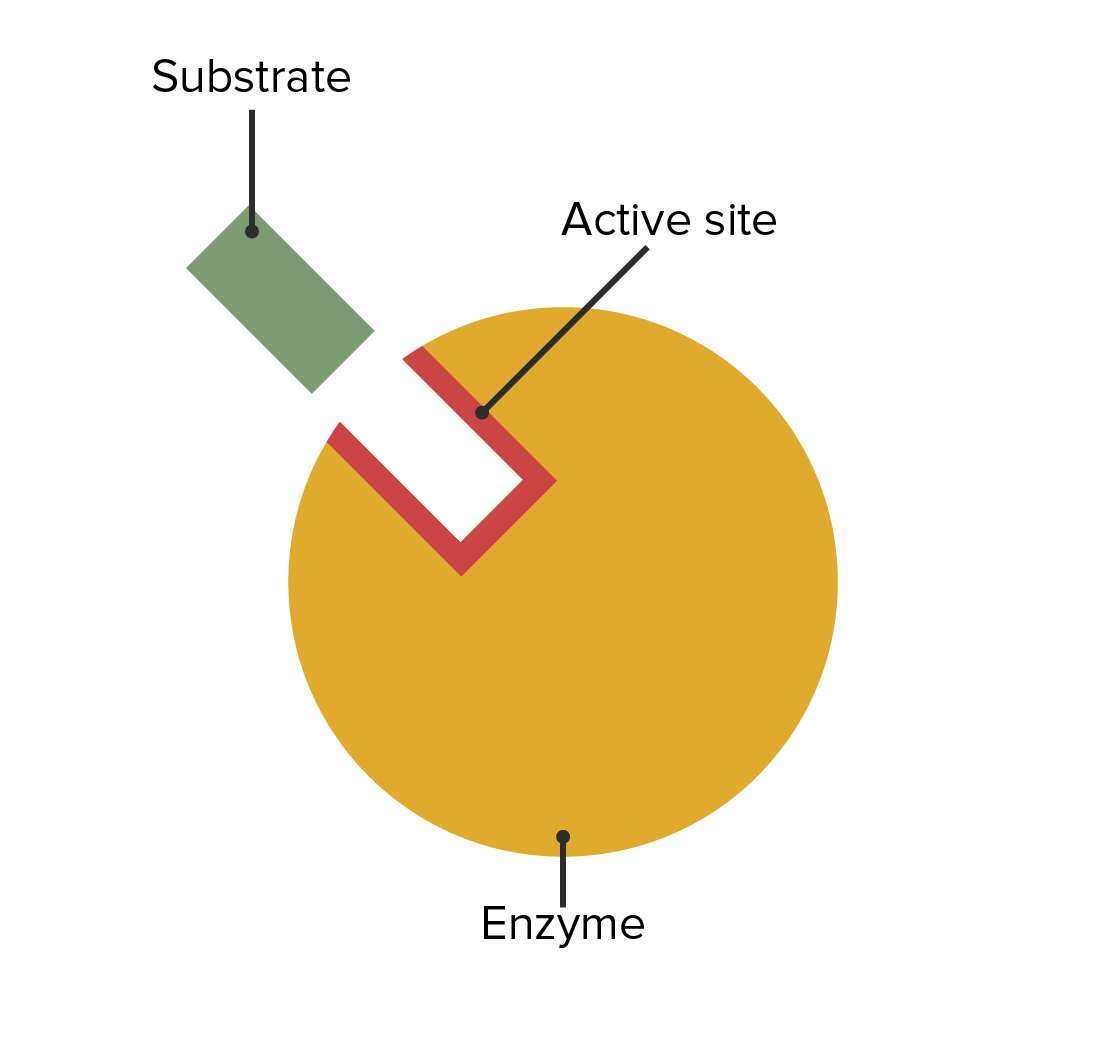Playlist
Show Playlist
Hide Playlist
Assisting Enzymes
-
Slides 14 EnergyEnzymesMetabolism CellBiology.pdf
-
Reference List Molecular and Cell Biology.pdf
-
Download Lecture Overview
00:00 So, we're learning a lot about how our enzymes can be controlled. We have other things that may assist enzymes that I eluded to in the past lectures where we have cofactors and coenzymes that could asist enzymes. 00:20 For example, in hemogloblin, we have our alpha and beta subunits we call hemoglobin, it's inside red blood cells. 00:29 And in each of these subunits, there is a heme group. And that heme group is where we're going to have the oxygen sit. 00:41 So in order to get oxygen in there most efficiently, it really helps if we have an iron molecule. 00:49 So that iron molecule is a cofactor in helping oxygen bind to the heme group inside the hemoglobin. 01:00 We could also have coenzymes. 01:02 Coenzymes are non-protein organic molecules, usually vitamins or derived from vitamins and they assist enzymes in their enzymatic functions. 01:14 and they can also asist. Here is an example of how the two might come together. 01:18 We have our holoenzymes. So maybe the enzymes made of multiple subunits and holoenzyme is a word we use to describe the holo thing, you know. 01:29 And there are different regions of that enzyme. 01:32 It has a weird looking active site. That active site is perhaps not the ideal shape for the substrate that might bind into it and so we can have another piece of protein or a coenzyme that comes into the original enzyme and binds to that site. 01:51 We may also have a cofactor, like the iron we saw in hemoglobin, a non protein thing that helps shape the active site and make it more attractive to the signal molecule or to the substrate that's going to come and sit in there. 02:11 Once that shape is the correct shape, then the substrate can come in, and the enzyme can continue with its activity.
About the Lecture
The lecture Assisting Enzymes by Georgina Cornwall, PhD is from the course Energy, Enzymes and Metabolism.
Included Quiz Questions
Which of the following is incorrectly paired?
- Cofactor - a type of inactive enzyme
- Cofactor – nonprotein or a metallic ion essential for enzyme activity
- Holoenzyme – apoenzyme + cofactor or coenzyme
- Coenzyme – a nonprotein organic molecule tightly or covalently bound to an enzyme
- Fe+++ or Fe++ – hemoglobin
Customer reviews
5,0 of 5 stars
| 5 Stars |
|
5 |
| 4 Stars |
|
0 |
| 3 Stars |
|
0 |
| 2 Stars |
|
0 |
| 1 Star |
|
0 |





